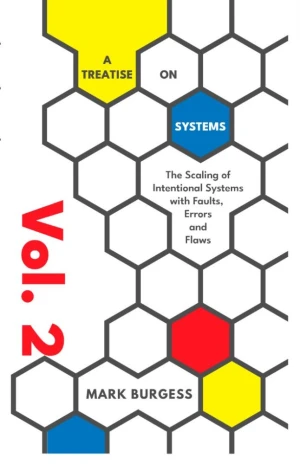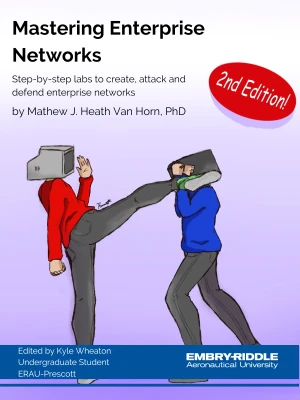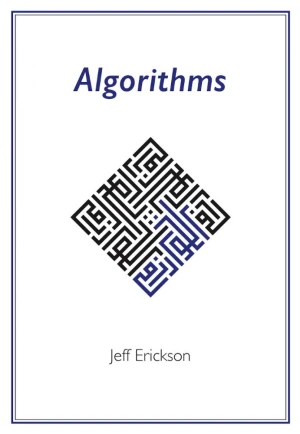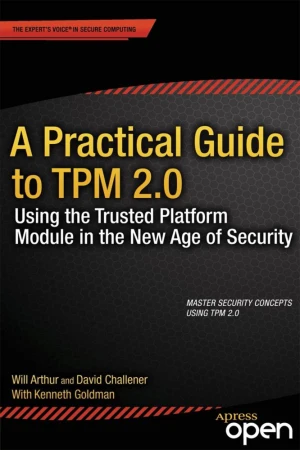A Treatise on Systems (volume 1)
Analytical Descriptions of Human-Information Networks
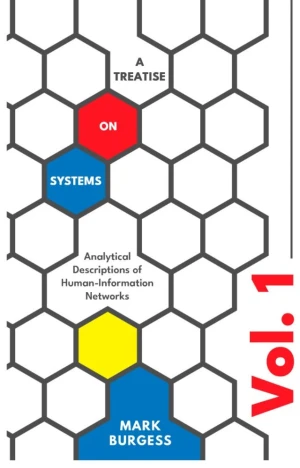
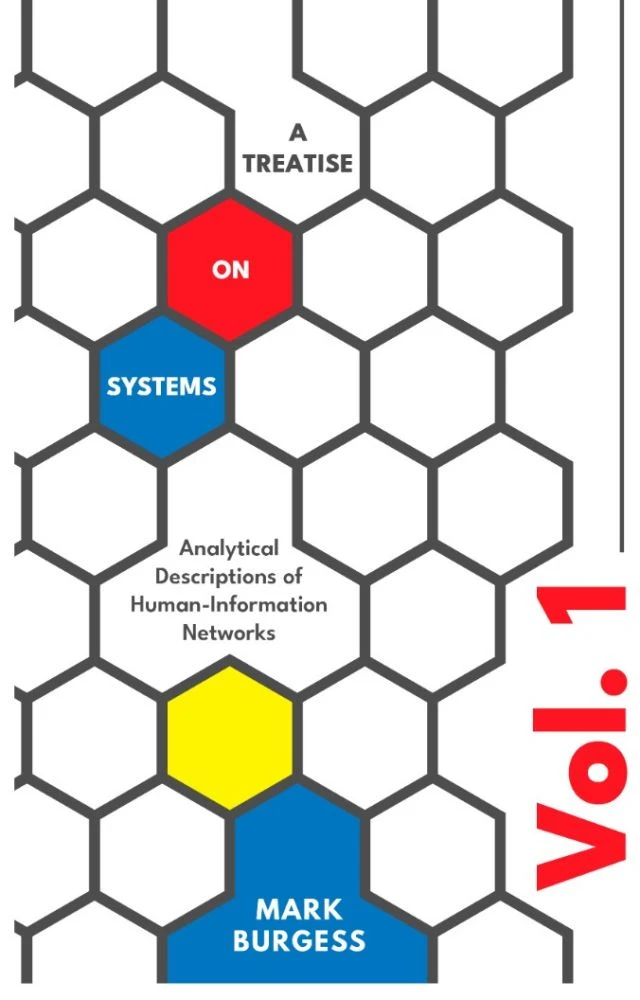
Book Details
| Author | Mark Burgess |
| Published | 2017 |
| Edition | 1st |
| Paperback | 479 pages |
| Language | English |
| ISBN-13 | 9798603294902 |
| ISBN-10 | 8603294909 |
| License | Open Access |
Book Description
Network and System Administration usually refers only to the traditional skills and recipes for keeping computers and networks running properly. But, in truth, this view omits the most important part of the system: humans. The skill needed to comprehend and tame systems comprising both humans and machines is that of managing complexity. In this book, first written in 2002 and updated now, Mark Burgess summarizes the scientific foundations for modelling resources,efficiency, and security of human-machine systems. The lessons learned from this volume led to the development of Promise Theory, covered in volume 2, and represent a significant step forward in describing functional systems with a multiscale approach that embodies both dynamics and semantics.
This book serves as guide to graduate students and researchers in the development of a new science of systems, and further illustrates practical tools for engineers at the top of their field. Although it tackles many complicated issues, the book takes the form of an overview, in lecture form.
This book is published as open-access, which means it is freely available to read, download, and share without restrictions.
If you enjoyed the book and would like to support the author, you can purchase a printed copy (hardcover or paperback) from official retailers.
Download and Read Links
Share this Book
[localhost]# find . -name "*Similar_Books*"
A Treatise on Systems (volume 2)
This 2d volume describes the systematic application of Promise Theory to systems, representing a significant step forward in describing functional systems with both dynamics and semantics. By combining quantitative and qualitative descriptions in a single framework, Promise Theory provides the first impartial language for multiscale system phenomen
Mastering Enterprise Networks, 2nd Edition
Mastering Enterprise Networks, is a comprehensive guide to building, defending, and attacking enterprise networks. It covers a wide range of topics, from network fundamentals to advanced security concepts. The book is well-organized and easy to follow, making it a valuable resource for both beginners and experienced network professionals. One of th
Algorithms
Algorithms are the lifeblood of computer science. They are the machines that proofs build and the music that programs play. Their history is as old as mathematics itself. This book is a wide-ranging, idiosyncratic treatise on the design and analysis of algorithms, covering several fundamental techniques, with an emphasis on intuition and the proble
The Nature of Code
How can we capture the unpredictable evolutionary and emergent properties of nature in software? How can understanding the mathematical principles behind our physical world help us to create digital worlds? This book focuses on a range of programming strategies and techniques behind computer simulations of natural systems, from elementary concepts
The Shallow and the Deep
The Shallow and the Deep is a collection of lecture notes that offers an accessible introduction to neural networks and machine learning in general. However, it was clear from the beginning that these notes would not be able to cover this rapidly changing and growing field in its entirety. The focus lies on classical machine learning techniques, wi
A Practical Guide to TPM 2.0
A Practical Guide to TPM 2.0: Using the Trusted Platform Module in the New Age of Security is a straight-forward primer for developers. It shows security and TPM concepts, demonstrating their use in real applications that the reader can try out. Simply put, this book is designed to empower and excite the programming community to go out and do cool

